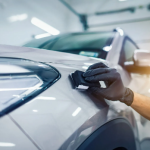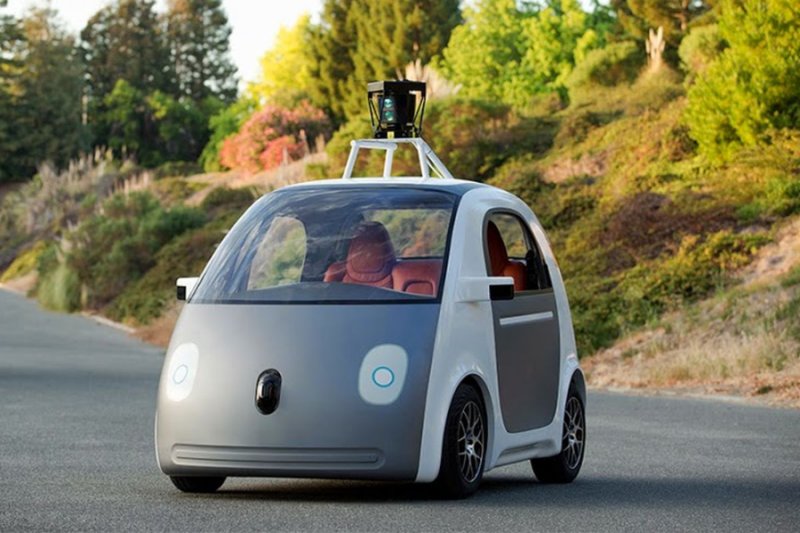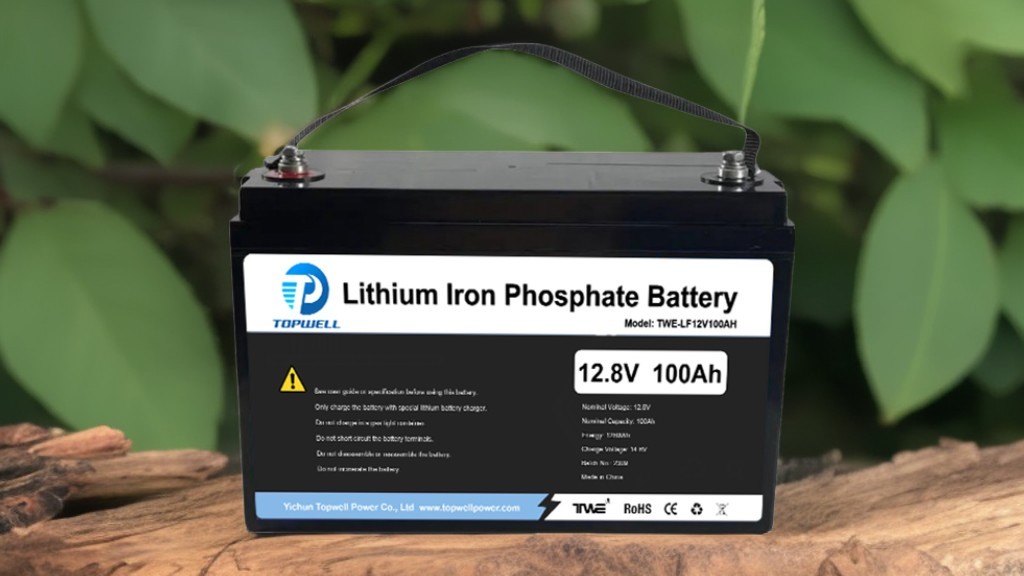Just 15 or 20 years ago, the concept of a modern self-driving car was merely a futuristic notion. In almost every sci-fi or futuristic film, the car can either fly, be operated by a robot, or Self-Driving But a lot has changed since then, and the notion for the future has now actually come to pass. Today, a number of automakers advertise their functional autopilot. There is no doubt that the level of development of this new technology falls short of what you would see in a movie, but I think that in five years, or perhaps even less, we will witness significant technological improvements in this field.
But as brands begin to incorporate this technology into their own products and as its popularity grows, I believe we should pause and consider whether this is best for the future of humanity and whether there are any drawbacks to entrusting our daily activities to machine learning and artificial intelligence.
It is helpful to take this innovation to even higher heights because this is a topic that is frequently discussed. The more we discuss it, the safer it will become over time, and we may eventually come to realise that it is a feasible option for the average individual.
Here are some advantages and disadvantages of some self-driving automobiles that you might purchase in 2023 if you’re interested in the topic.
Pros
Let’s start by discussing all the benefits autopilot vehicles have over traditional automobiles with drivers at the wheel.
Will commit less errors
The first and most obvious benefit of a car autopilot is that it will be significantly safer than the current traffic system. Even while today’s robotics and artificial intelligence are far more precise than humans, they are far from flawless. Due to their ability to perform a multitude of activities more accurately, robotics have entirely supplanted many tasks in the modern world. For this reason, many people think that self-driving cars will make traffic much safer.
Every person errs occasionally. And practically every single person makes mistakes. There are a number of reasons why Self-driving can be dangerous for people, including forgetting to use your blinker, failing to see a car in your blind zone, being tired, having slower reaction times, and a whole host of other issues. Especially when compared to artificial intelligence, which practically never makes a mistake. They can only make a mistake if they encounter a brand-new circumstance, which is uncommon.
To train the software/autopilot on how to respond in such a situation in real life, automotive firms simulate millions of such situations. The experience of the autopilot will increase as more simulations are conducted by the car industry. They are further lowering the likelihood of a collision.
Rapid reaction times
The autopilot will have or already has a reaction time that is ten times faster than the fastest human, which is another advantage. No matter what, a human will never be able to reach those speeds. In other words, the next time a pedestrian crosses in front of your car, your autopilot will react instantly and apply the brakes before you even realise what has happened.
These rapid response times will lower the annual number of injuries caused by vehicle accidents.
In the upcoming several years, I want to see a significant improvement in how quickly current automobiles react. The alliance between Nvidia and Toyota, as suggested by businessner.com, is a fantastic indication that we will witness such an improvement.
Enhanced traffic
Given that autopilots will be much less likely to make mistakes and will react quickly, there will be a 1,000-fold decrease in the number of incidents on the roads compared to today. With autopilots, the number of accidents would drop from a million per day to perhaps a thousand or ten thousand.
The traffic issues will be lessened by this modest number of mishaps and errors committed by the automobiles. There will be almost no risk that you will become stranded in an intersection. Every automobile would be able to adhere to every single traffic regulation to the letter. They won’t drive through a red light or accelerate to make it to a green light. None of these things will be done. Only humans engage in such self-serving behaviour.
Corns
Technology is still developing.
The fact that self-driving cars are just not ready yet is one of their greatest current drawbacks. Tesla’s autopilot has produced some great outcomes, but it still frequently makes blunders that put people in danger. That level of advanced autonomous Self-driving still eludes us.
Everyone must own an autonomous vehicle if we want the roads to be safer as a result of autopilot. Unfortunately, and for good reason, it won’t be happening anytime soon.
The cost is still excessive.
The fact that these new vehicles are still prohibitively expensive for the majority of people prevents us from living in an ideal future where every vehicle is autonomous. For instance, the autopilot upgrade for Tesla is about $8,000. You can make a lot of money by adding those $8,000 to the additional $30,000 for the cost of the automobile. We can only imagine a society in which everyone will be able to buy such pricey vehicles.
Hacking propensity
Although the level of security that most self-driving cars have right now is unknown, I believe that we should be prepared for the possibility that these systems will be vulnerable to hacking. It’s unsettling to think that they could do anything with the autopilot if they had complete control over it. Therefore, we must verify that it will be safeguarded before we switch to this new technology so that we can remain secure.
Despite any drawbacks, I think self-driving cars are the way of the future, so we need to work as hard as we can to make them better.










